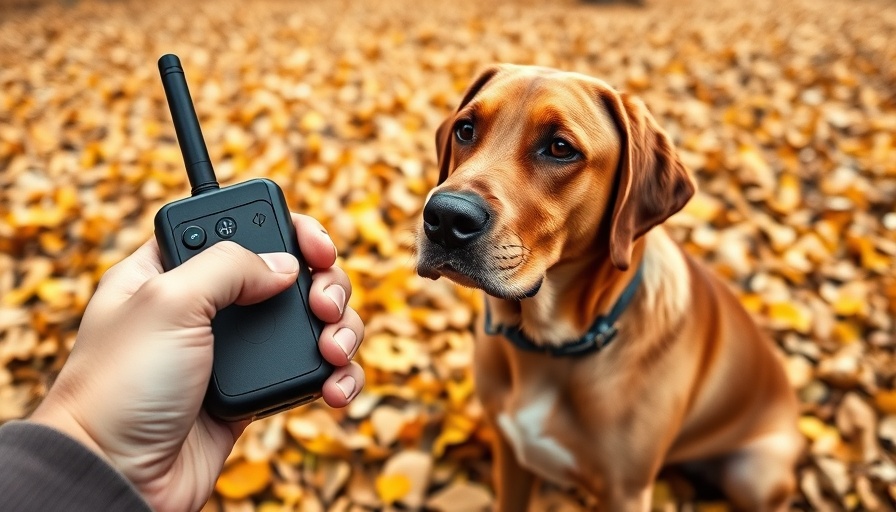
Understanding the Risks of Board and Train Programs for Aggressive Dogs
As a dog owner, ensuring the well-being and safety of our furry friends is always a top priority. When faced with aggressive behavior in dogs, many owners consider board and train programs as a solution. However, the hidden risks associated with these programs can sometimes outweigh their benefits. Let’s delve into what these risks are and alternative strategies for addressing aggression.
What to Expect from Board and Train Programs
Board and train programs are designed to provide intensive training for dogs while they stay at a facility, often for several weeks. Though they promise quick fixes, they may not address the root causes of aggression. Understanding the training methods used is crucial, as some can be harsh or ineffective.
Potential Risks: The Unseen Dangers
Many owners are unaware of the potential dangers posed by board and train programs. Here’s a closer look at some of the common pitfalls:
- Use of Aversive Techniques: Some trainers may resort to punishment-based techniques that can lead to increased fear and anxiety in dogs, worsening aggressive behaviors rather than alleviating them.
- Lack of Consistency: Since the dog is not trained alongside the owner, learning may be inconsistent, and owners might struggle to replicate the techniques at home.
- Trauma from Separation: Being away from their familiar environment and caregivers can be stressful for dogs, particularly those with aggression issues.
Alternatives to Board and Train Programs
So, what are the alternatives? The best approach often involves a combination of positive reinforcement training and working closely with a professional behaviorist who can help identify and address the triggers behind your dog’s aggression.
Building a Better Relationship with Your Dog
Understanding your dog's behavior and fostering trust is critical. Engage in activities that promote bonding and alleviating anxiety, such as:
- Positive Reinforcement Training: Using treats and praises, reinforce good behaviors to encourage desired actions.
- Socialization: Gradually expose your dog to various environments and situations to build confidence and reduce fear.
Seeking Professional Support
Consulting with a professional dog trainer or behaviorist can provide tailored strategies that accommodate your dog's specific needs. Look for trainers who prioritize humane training methods and offer ongoing support.
Future Insights and Trends in Dog Training
The landscape of canine training is evolving, with a growing emphasis on humane, science-based methods. As dog owners become more informed about their pets’ needs, training programs will likely adapt to prioritize the psychological well-being of dogs over traditional methods.
Emotional Connection: Why This Matters
For dog owners, seeing their pets struggle with aggression can be overwhelming. By understanding the risks of board and train programs and exploring alternative methods, you can create a nurturing environment that fosters growth and healing. Empathy and patience go a long way in building a better relationship with your furry friend!
Taking these proactive steps can lead to breakthroughs for both you and your dog. Together, you can navigate behavior challenges while strengthening your bond for years to come.
If you're considering training options for your dog, remember to prioritize humane methods and build a partnership based on trust and understanding. Your journey toward a better behaved pup begins today! Reach out to a qualified trainer and discuss options designed especially for YOUR dog’s needs.
 Add Row
Add Row  Add
Add 




Write A Comment